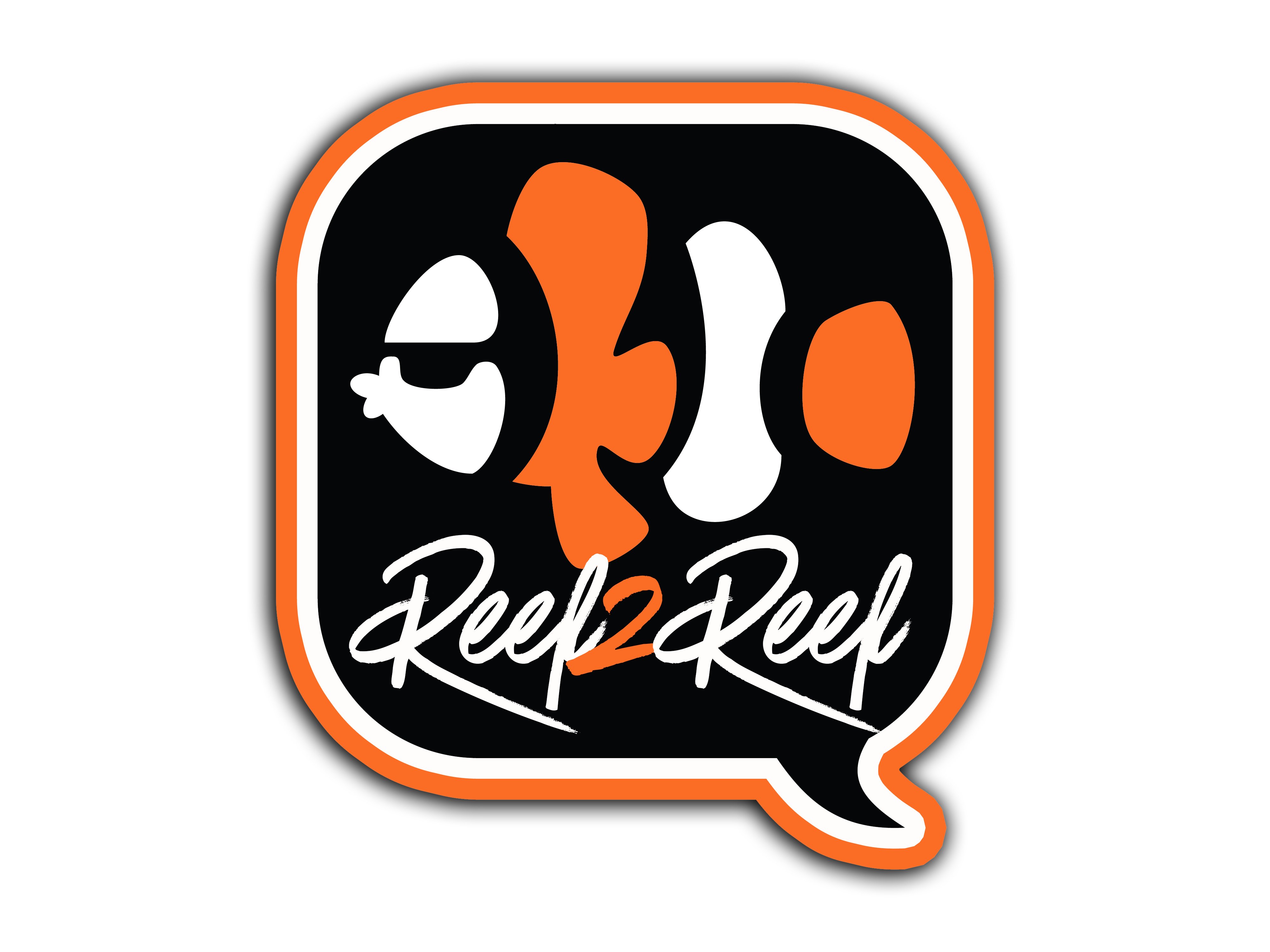- Joined
- Aug 21, 2017
- Messages
- 420
- Reaction score
- 251
I've been playing with the charts on Apex and found a good way to start two part dosing and and a chart to show it. So I bought some stony corals. Mainly a few LPS. I started checking Alk and Ca at night I then dosed it according to BRS calculator. I went off of what the Alk recomedation for dosing was. The first two days you can see a huge spike in Alk. The next three day you can see lower and lower spikes. This is because I was reaching my target dKH of 9. Once I noticed my dKH remaining steady I switched to a morning dosing and testing schedule. Below is a chart of my Alk and how much I dosed.
Ok, the reason for the initial testing and dosig in the evening. Besides it working out well for my work schedule, I thought it would be a bit more gentler way of increasing the dKH over the next few days. I theorised the dKH corrolates with pH and it would be the highest at the end of the day. Thus, needing a lower amount of Alk. According to the BRS website I only raised the Alk no more than 1.4dKH a day. By today I found I was dosing right on par with the BRS recomndation of 0.1mL/ gallon of tank water.
Date Time Alk Ak/Ca dosed
11-Nov 2300 6.66 124mL
12-Nov 1730 7.78 113mL
13-Nov 1730 8.79 19.5mL
14-Nov 0800 8.9 9.1mL
15-Nov 0814 8.85 13.9mL
Results:
From the first day of dosing my corals have started to open up. They appear happy and healthy at this time. I hav enoticed that they are remaining open at night. My BTA and Zoa still closed up at night. Is this normal? Any thoughts? Should I increase my target dKH?

Ok, the reason for the initial testing and dosig in the evening. Besides it working out well for my work schedule, I thought it would be a bit more gentler way of increasing the dKH over the next few days. I theorised the dKH corrolates with pH and it would be the highest at the end of the day. Thus, needing a lower amount of Alk. According to the BRS website I only raised the Alk no more than 1.4dKH a day. By today I found I was dosing right on par with the BRS recomndation of 0.1mL/ gallon of tank water.
Date Time Alk Ak/Ca dosed
11-Nov 2300 6.66 124mL
12-Nov 1730 7.78 113mL
13-Nov 1730 8.79 19.5mL
14-Nov 0800 8.9 9.1mL
15-Nov 0814 8.85 13.9mL
Results:
From the first day of dosing my corals have started to open up. They appear happy and healthy at this time. I hav enoticed that they are remaining open at night. My BTA and Zoa still closed up at night. Is this normal? Any thoughts? Should I increase my target dKH?














